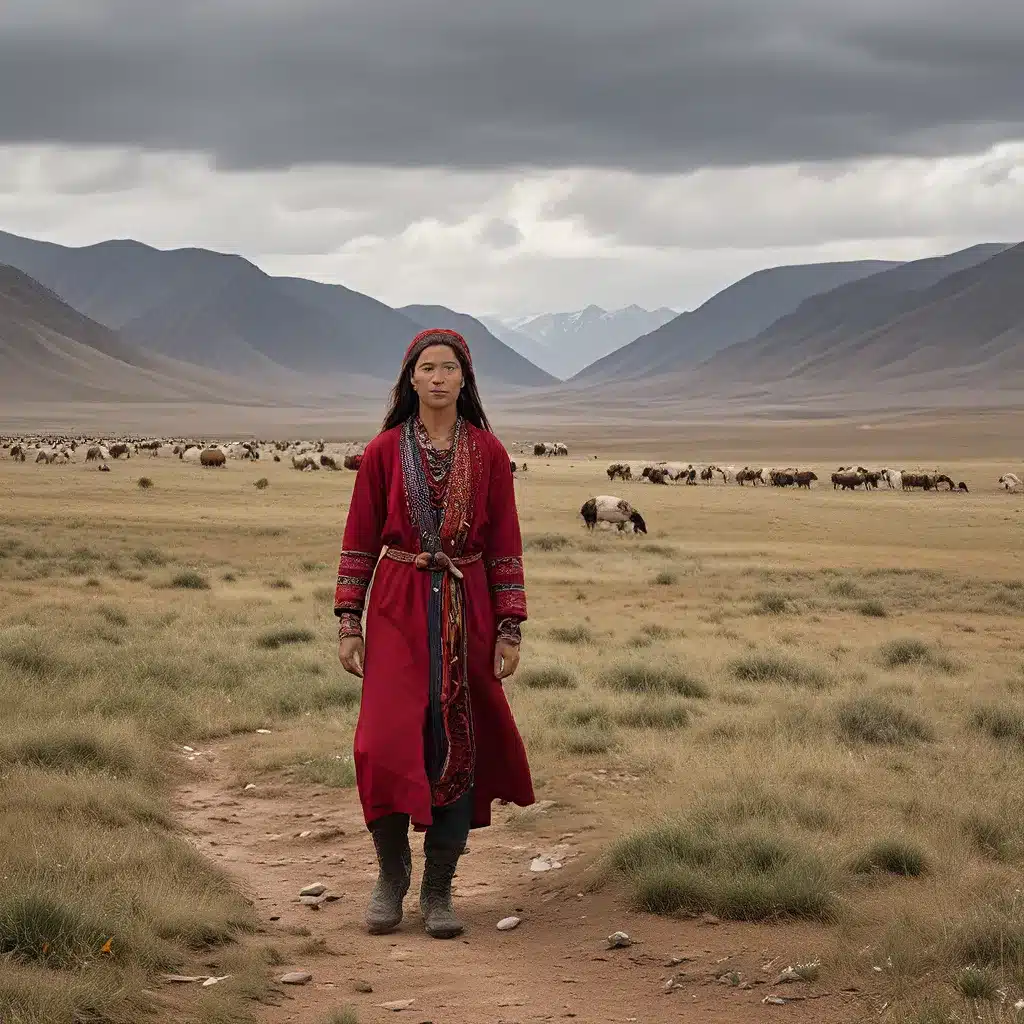
The nomadic cultures of the world have long captivated the imagination of scholars, adventurers, and those fascinated by the human experience. These resilient communities, whose lives are intrinsically tied to the rhythms of nature, have traversed vast territories for centuries, leaving behind a rich tapestry of cultural heritage and a profound connection to the land. From the Qashqai, Bakhtiari, and Shahsavan tribes of Iran to the countless other nomadic societies that have roamed the globe, their stories offer a unique window into the enduring spirit of human adaptability and the timeless allure of the migratory lifestyle.
Uncovering the Migratory Patterns of Nomadic Cultures
The study of nomadic cultures and their migratory patterns has been a captivating area of research for anthropologists, archaeologists, and historians alike. By analyzing the movements and settlement patterns of these communities, scholars have been able to shed light on the complex interplay between human societies and their natural environments.
One particularly fascinating aspect of this research is the application of modern tracking technologies to uncover the historical migration routes of nomadic groups. Through the use of GPS, satellite imagery, and other advanced tools, researchers have been able to map the intricate pathways that these cultures have followed for generations, revealing intricate networks of seasonal movements and strategic resource utilization.
Studies conducted by the International Organization for Migration (IOM), for example, have highlighted the critical importance of understanding migratory patterns in order to address the challenges faced by modern-day displaced populations. By mapping the routes taken by migrants and refugees, the IOM has been able to identify areas of heightened risk and develop more effective strategies for providing humanitarian aid and safeguarding vulnerable populations.
Unraveling the Complexities of Nomadic Cultures
The migratory journeys of nomadic cultures are not merely physical movements through space; they are intricate tapestries of cultural, social, and economic significance. Each community’s unique traditions, beliefs, and practices are intricately woven into the fabric of their seasonal movements and adaptations to the land.
National Geographic’s “Out of Eden Walk” project, for instance, has offered a captivating glimpse into the lives of contemporary nomadic groups, tracing their ancestral migration routes and exploring the rich cultural heritage that has been passed down through generations. Through the stories and experiences of these modern-day nomads, we can gain a deeper understanding of the complex societal structures, intricate decision-making processes, and profound connection to the natural world that have sustained these communities for centuries.
In Iran, the nomadic way of life known as “Kooch” has been a testament to human resilience and adaptability, offering a profound connection to the land and its natural rhythms. The Qashqai, Bakhtiari, and Shahsavan tribes, among others, have roamed the vast landscapes of Iran for centuries, moving with the seasons to find the best pastures for their livestock. These nomadic tours in Iran provide an extraordinary travel experience, allowing visitors to live alongside the nomads, participate in their daily activities, and immerse themselves in the rich cultural heritage of these resilient communities.
The Significance of Nomadic Cultures in the Modern World
As the world continues to grapple with the challenges of globalization, urbanization, and environmental change, the wisdom and resilience of nomadic cultures have become increasingly relevant. These communities have long demonstrated the ability to adapt to shifting environmental conditions, thrive in diverse landscapes, and maintain a deep, symbiotic relationship with the natural world.
By studying the migratory patterns and cultural practices of nomadic societies, researchers and policymakers can gain valuable insights into sustainable resource management, community-based decision-making, and the importance of preserving traditional ecological knowledge. These lessons hold profound implications for the way we approach modern environmental and social challenges, from climate change adaptation to sustainable development and community resilience.
Moreover, the rich cultural heritage of nomadic communities, expressed through their music, dance, storytelling, and traditional craftsmanship, offers a powerful antidote to the homogenizing effects of globalization. By engaging with these vibrant cultural traditions, we can foster a deeper appreciation for diversity, celebrate the enduring human spirit, and inspire a renewed sense of connection to the natural world.
As we continue to uncover the mysteries and complexities of nomadic cultures, we are presented with an invaluable opportunity to reframe our understanding of history, society, and our place within the natural world. The migratory journeys of these resilient communities hold the key to unlocking a more sustainable, equitable, and culturally diverse future – one that embraces the timeless wisdom of our ancestors and empowers us to face the challenges of the modern era with resilience, adaptability, and a profound respect for the natural world.


